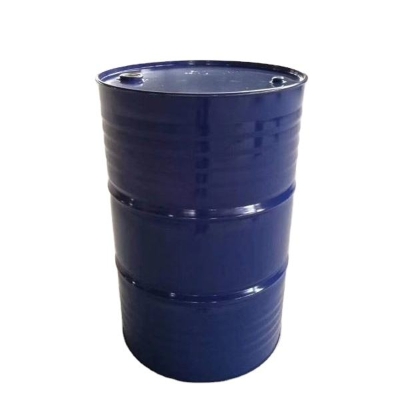-
Categories
-
Pharmaceutical Intermediates
-
Active Pharmaceutical Ingredients
-
Food Additives
- Industrial Coatings
- Agrochemicals
- Dyes and Pigments
- Surfactant
- Flavors and Fragrances
- Chemical Reagents
- Catalyst and Auxiliary
- Natural Products
- Inorganic Chemistry
-
Organic Chemistry
-
Biochemical Engineering
- Analytical Chemistry
-
Cosmetic Ingredient
- Water Treatment Chemical
-
Pharmaceutical Intermediates
Promotion
ECHEMI Mall
Wholesale
Weekly Price
Exhibition
News
-
Trade Service
According to the "2022 Carbon Capture, Utilization and Storage (CCUS) Market Outlook" report by research firm Bloomberg New Energy Finance (BNEF), global carbon capture capacity will increase sixfold from current levels to 279 million tons of carbon dioxide capture per year
by 2030, according to the Arab Trade Network London, October 18, 2022.
The significant growth in the market has resulted in a 44%
increase in expected carbon capture capacity in 2030 compared to last year.
CCUS technology is a key technology needed in industries such as petrochemicals and cement that are difficult to reduce carbon emissions, and it is also needed to provide all-weather clean energy through natural gas plants that install carbon capture equipment
.
Still, according to BNEF's research, while the industry has significantly accelerated over the past two years, global carbon capture capacity has not been deployed fast enough to meet climate targets
by the end of the decade.
Today, much of the carbon capture capacity is used to capture carbon dioxide from natural gas processing plants and for enhanced oil recovery
.
By 2030, most of the carbon capture capacity will be used in the power sector, in the manufacture of low-carbon hydrogen and ammonia, or in reducing emissions
from industrial sources.
The total amount of carbon dioxide captured today
Today, the world captures 43 million tons of carbon dioxide every day, accounting for 0.
1%
of global emissions.
If all announced possible projects come online, 279 million tonnes of CO2 could be captured annually by 2030, or 0.
6%
of current global emissions.
The use of captured carbon dioxide will also change significantly
.
Last year, about 73 percent of the captured CO2 was used for enhanced oil recovery
.
By 2030, CO2 stored deep underground will make oil recovery operations a major destination, with 66% of that CO2 flowing into dedicated storage sites
.
Driving this change are legislation that encourages the storage rather than use of carbon dioxide, and projects that aim to use carbon capture and storage (CCS) as a decarbonization route that must store carbon dioxide to meet their goals
.
David Luis Madrid, CCUS analyst at BNEF and lead author of the report, said: "CCS is starting to highlight its strengths
.
It is now used as a decarbonization tool, which means carbon dioxide needs to be stored
.
The lack of CO2 transport and storage sites near industrial or power generation point sources can be a major bottleneck
in the development of CCS.
But we've seen a significant increase in
projects to meet this need.
”
Global greenhouse gas emissions
Despite the rapid increase in the number of carbon capture project announcements, the industry is still far from reducing global CO2 emissions
.
To achieve the goal of global warming below 2 degrees Celsius by 2050, the world will need to capture 1 billion to 2 billion tons of carbon dioxide by 2030, which is an order of magnitude
higher than current plans.
Lawmakers are aware of the mismatch and are ramping up
support for the industry.
The Inflation Reduction Act passed in the U.
S.
increased the CCUS tax credit by 70 percent, providing a viable business case
for CCUS technology in the petrochemical, steel, cement and power sectors in some regions.
Incentives such as these mean that countries such as the United States will continue to lead
the world in CCUS.
U.
S.
tax credits are now very generous, and the bill would accelerate the announcement of ethanol and petrochemical industries and direct air capture projects to provide high-quality carbon offsets
for voluntary markets.
Julia Attwood, Head of Sustainable Feedstocks at BNEF, said: "Reaching 279 million tonnes of carbon capture capacity by 2030 is just the tip of
the iceberg.
"We haven't seen the full impact of these credits, which makes this outlook a fairly conservative view
of the future of carbon capture and storage.
" As developers in the U.
S.
rush to ensure they get credit
by the 2032 deadline.
We expect to see another leapfrog
this year, especially in the United States.
”







